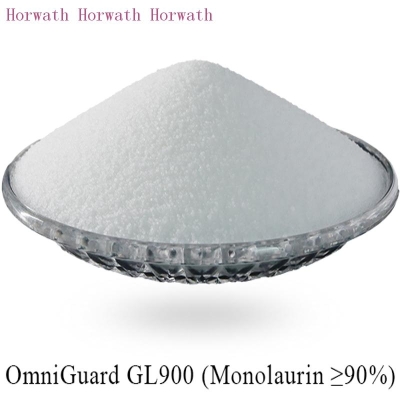Northern European feed producers have sufficient soybean meal reserves
-
Last Update: 2002-03-15
-
Source: Internet
-
Author: User
Search more information of high quality chemicals, good prices and reliable suppliers, visit
www.echemi.com
Lead: Netherlands, March 14 (Reuters) - many animal feed producers in northern Europe now have more soybean meal than they need in the near future because they are taking advantage of the low price of soybean meal produced in Eastern Europe The soybean meal market is now basically stalled, because the composite feed manufacturers have delayed the purchase of long-term soybean meal, waiting for a series of factors to be clear For example, Argentina's export tax and China's import regulations Soybean meal prices are likely to fluctuate actively, but are expected to be sideways, due to the market's unstable mentality and conflicting signals Trading activity is expected to remain low in the coming weeks A Dutch trader said that the demand for winter had already been sufficient, and now the number of soybean meal purchased had been too much Many feed producers had already purchased large quantities of winter soybean meal before the price of soybean meal fell, and now they are using cheaper soybean meal from Eastern Europe Due to the reduction of soybean meal consumption, the current soybean meal supply is expected to take longer than expected A buyer at a compound feed plant in the Netherlands said he had sold excess soybean meal in the past two months and that it had only begun to pick up in the past two weeks Warm winter weather means that animals consume less feed In the Netherlands, the government plans to reduce the number of pigs, which also has an impact on the demand for soybean meal Market traders now find it hard to judge the price outlook, because many factors are in conflict, which makes the price of the period up and down dilemma! In addition, Argentina's situation and China's policy factors make it more difficult for the market to judge the future trend, because these factors have a certain political color, rather than the impact of supply and demand One trader said it was now possible to see both long and short There are too many uncertainties, so Chicago's price volatility is also very active At the beginning of this year, the price of CBOT soybean meal rebounded, and the price of the benchmark second contract had risen to around $160 per ton, but by mid February, the price of the period had all the way down to $145 Soybean meal prices recently rose again, rising to $157 on Friday and closing at $156.10 on Wednesday A major negative factor is that Latin American soybean production is expected to be large, which may restrict the market's rebound space However, Argentina's dispute on VAT rebate has not been settled, resulting in temporary restrictions on exports Government officials did say they would start paying the first VAT refunds to exporters on March 19, but there are rumours that the government could delay repayment plans again A trader said many of the exporters said export sales could be stalled if VAT returns are not available Overnight, these exporters had to take vat into account the cost of procurement, that is to say, they wanted to pass the cost on to farmers, so they kept down the price of procurement from farmers, which meant that farmers were reluctant to sell The end result is a delay in shipping, but not a reduction in soybean production Therefore, the problem of tax refund only has a temporary impact on the price of soybean meal In addition, the government adopts different export tax structures for soybean export and soybean meal export, which is also conducive to the export of soybean products, but not conducive to the export of soybean, which will put pressure on soybean meal and soybean oil in Europe In China, there are still many uncertainties surrounding the interim agreement reached between China and the United States last week Last week, CBOT soybean futures prices were supported by this news, and the futures prices rose sharply, because it means that the United States and Argentina will start exporting to China But the details of the agreement remain to be clarified Another factor is Russia's ban on poultry imports from the United States, which will also jeopardize the demand for American soybean meal Russia's agriculture minister said Tuesday that an agreement on these issues will be reached by the deadline next week.
This article is an English version of an article which is originally in the Chinese language on echemi.com and is provided for information purposes only.
This website makes no representation or warranty of any kind, either expressed or implied, as to the accuracy, completeness ownership or reliability of
the article or any translations thereof. If you have any concerns or complaints relating to the article, please send an email, providing a detailed
description of the concern or complaint, to
service@echemi.com. A staff member will contact you within 5 working days. Once verified, infringing content
will be removed immediately.







